Ever skipped leg day because you thought it only mattered to bodybuilders?
You’re not alone. But what if we told you that working your legs can actually improve your brain, heart, hormones — and even your mood?
Leg workouts are often underrated and overlooked in favor of upper-body training, but science says they’re doing much more than helping you squat heavier or fill out a pair of jeans. These powerful movements activate some of the largest muscles in your body and influence multiple systems you might never expect.
Let’s dive into 7 surprising benefits of leg exercises that go far beyond just building stronger legs.
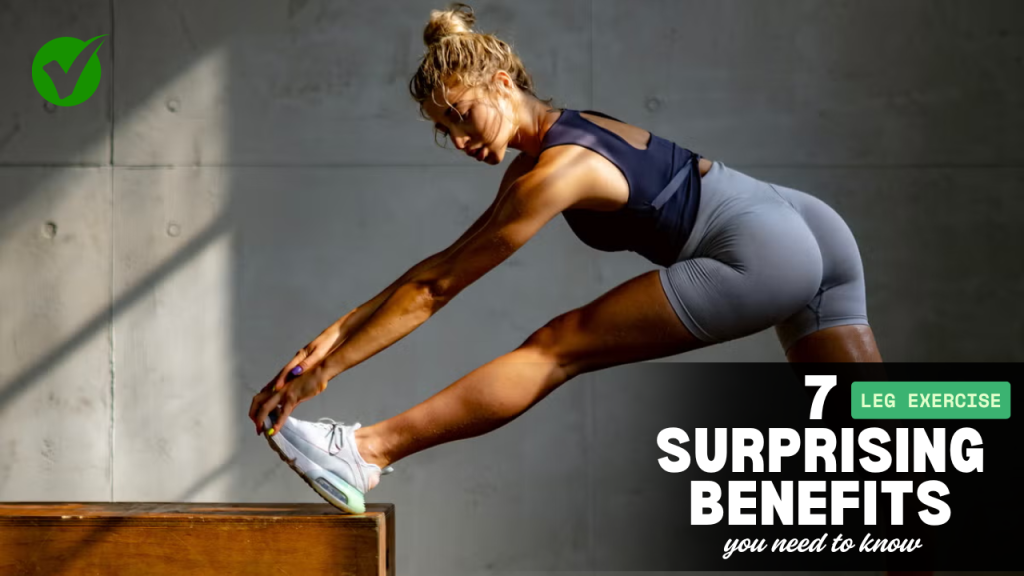
1. Boosts Brain Health and Cognitive Function

Do you know? Research from Frontiers in Neuroscience found that leg activity sends signals to the brain that are essential for the production of healthy neural cells.
Squats, lunges, and other compound leg exercises increase blood flow and release growth factors that support brain plasticity. This can help improve memory, coordination, and even reduce the risk of neurodegenerative diseases.
Bonus Tip: Leg workouts also promote better balance and proprioception, helping your brain stay sharp as you age.
2. Triggers Massive Hormonal Response

When you train your legs, you engage major muscle groups like the glutes, quads, and hamstrings. This sends your body into overdrive — producing testosterone, growth hormone, and endorphins.
These hormones are not only key for muscle growth but also play a major role in:
- Fat burning
- Energy levels
- Libido
- Sleep quality
Myth Buster: Some people believe upper-body workouts are better for testosterone. In reality, leg workouts (especially compound moves like deadlifts) trigger a much larger hormonal response.
3. Improves Heart Health and Circulation
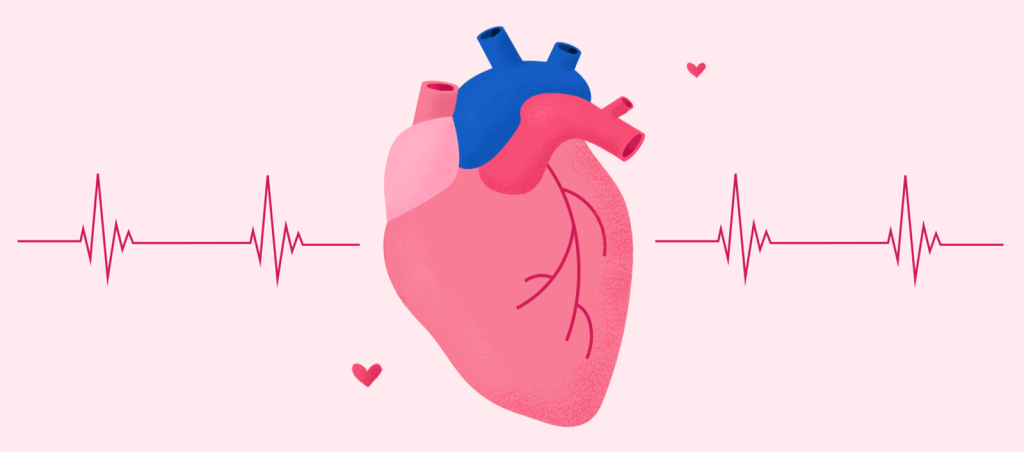
Leg workouts improve your vascular system by increasing blood flow and strengthening your veins. This can reduce the risk of blood clots and varicose veins while supporting overall cardiovascular health.
Strong legs also mean better oxygen distribution throughout the body, which makes your heart pump more efficiently. Over time, this can help lower blood pressure and resting heart rate.
4. Supports Fat Loss and Metabolic Rate

Since leg muscles are some of the biggest in your body, training them burns a high number of calories — even hours after your workout is done.
This process, known as EPOC (Excess Post-exercise Oxygen Consumption), revs up your metabolism, helping you burn fat more effectively.
And guess what? Incorporating regular leg training can prevent fat regain, making it easier to maintain long-term weight loss.
5. Reduces Risk of Injury and Improves Mobility
Leg workouts strengthen not just muscles, but also ligaments, tendons, and joints — especially in the knees, hips, and ankles.
This reduces the risk of injury both inside and outside the gym. Functional leg exercises enhance balance, flexibility, and coordination, which is crucial for preventing falls and strains in everyday life.
Interesting Fact: Older adults who regularly perform leg-strengthening exercises reduce their fall risk by up to 40%.
6. Enhances Core Strength and Posture
Many leg exercises — think lunges, Bulgarian split squats, and deadlifts — activate the core muscles as stabilizers. This strengthens your abdominal and lower back muscles without even doing crunches.
Improved core engagement also translates into better posture, reduced back pain, and greater overall functional fitness.
So, every time you do a leg day, you’re secretly building abs and spinal support too.
7. Boosts Mood and Mental Resilience
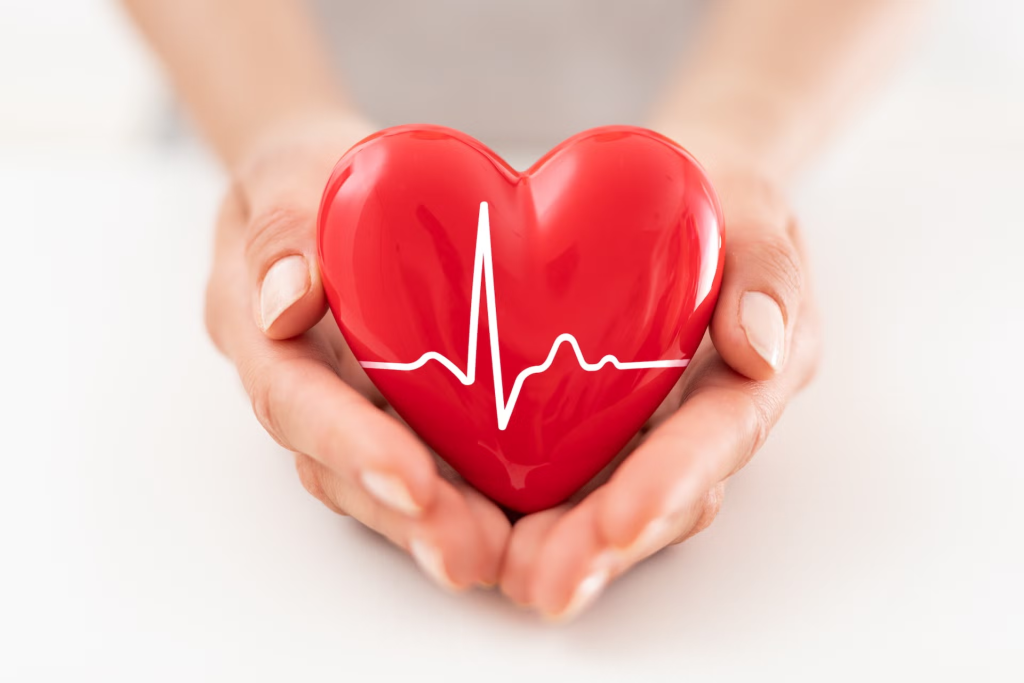
Leg exercises have a strong link to mental health. The endorphins released during intense leg workouts act as natural antidepressants, helping reduce anxiety and stress.
Plus, pushing through a challenging leg session can foster discipline, confidence, and mental toughness — traits that carry over into other parts of life.
Do You Know? A 20-minute lower body resistance workout can improve mood as effectively as light antidepressant medication — according to some clinical trials.
Quick 15-Minute Leg Blast (No Equipment)
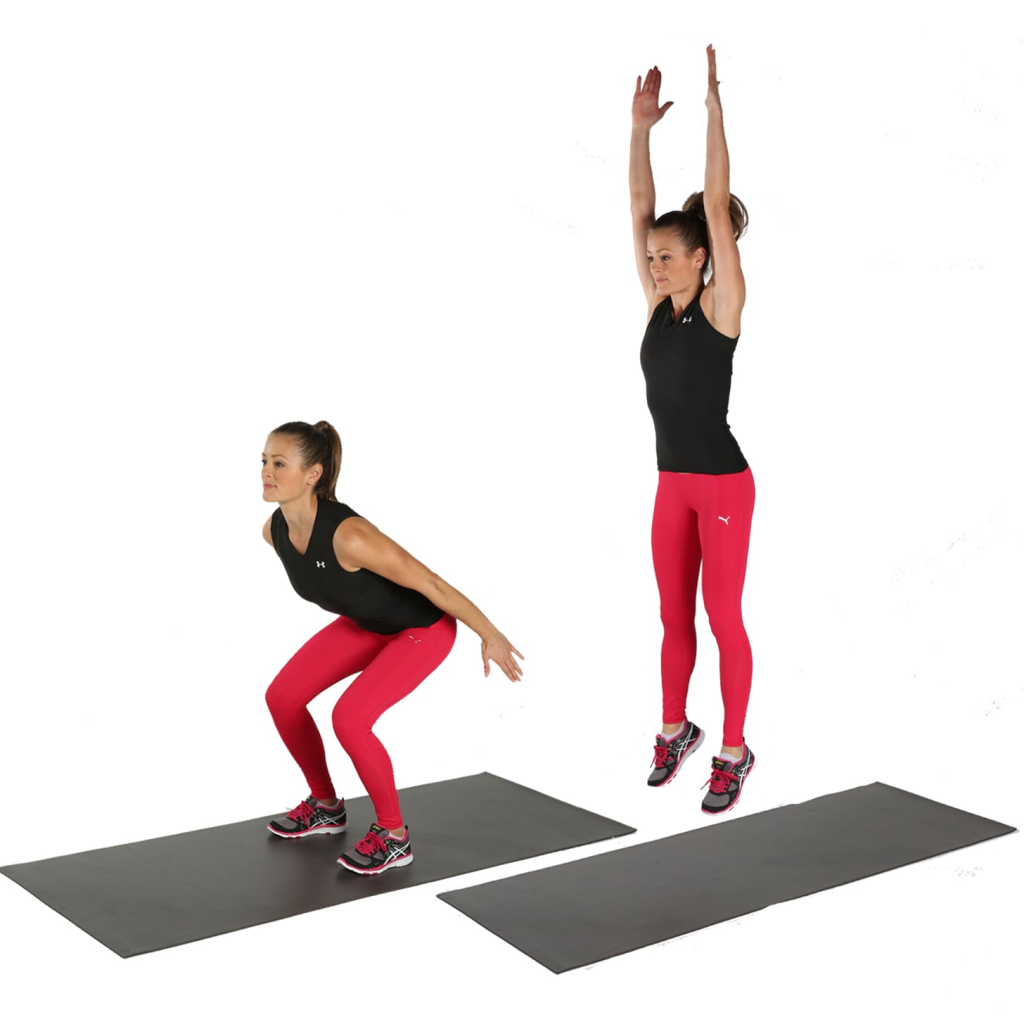
Jump Squats – 3 sets x 12 reps
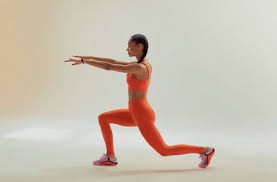
Reverse Lunges – 3 sets x 10 reps per leg
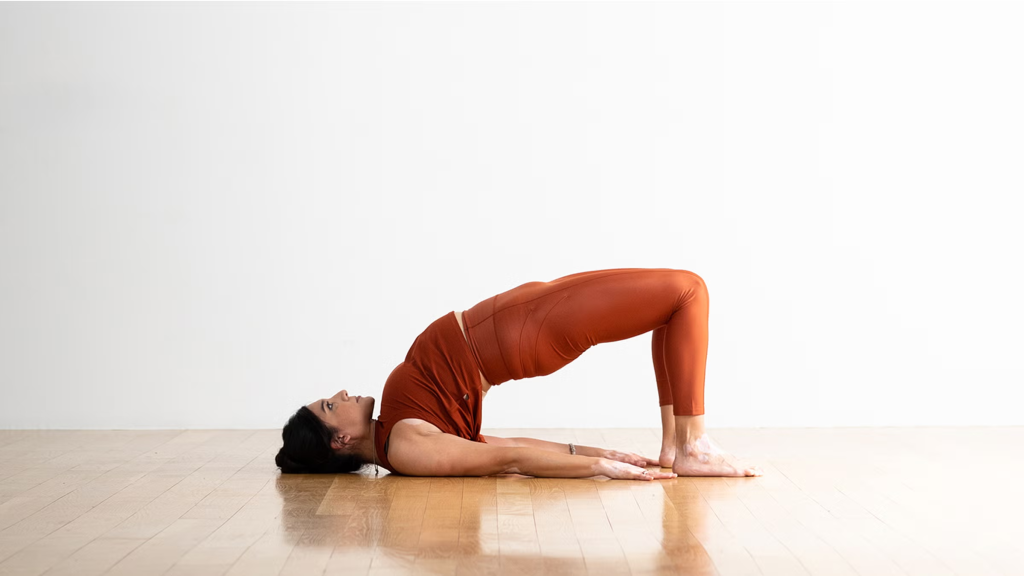
Glute Bridges – 3 sets x 15 reps
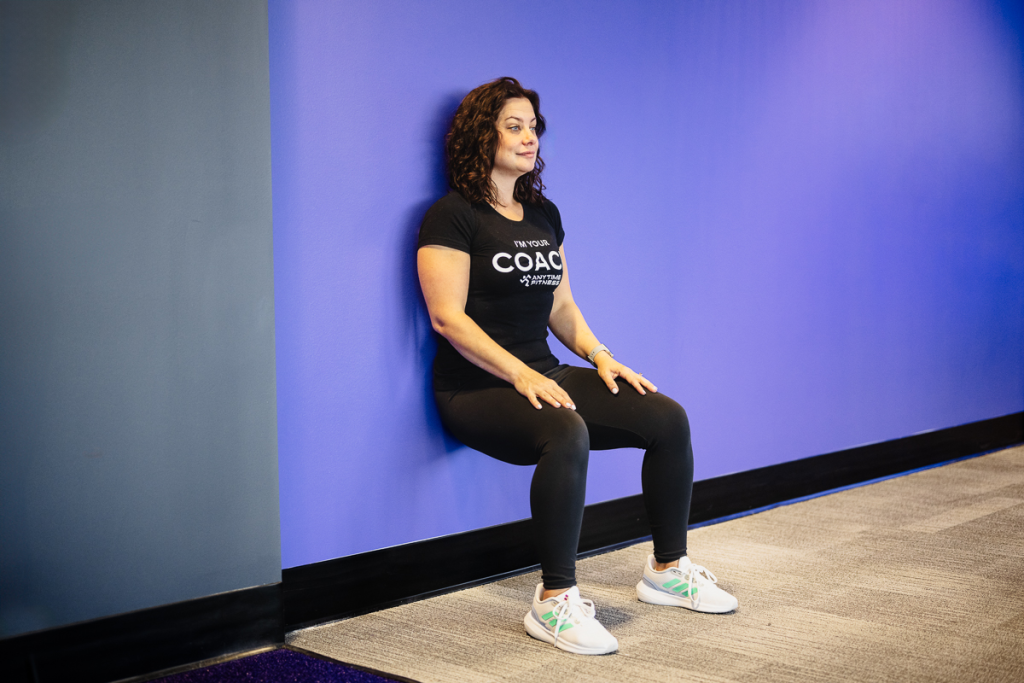
Wall Sit – 2 sets x 45 seconds
Rest 30 seconds between sets.
Final Thoughts: Don’t Skip Leg Day — It’s a Whole-Body Investment
Leg day isn’t just about building powerful thighs or a better-looking lower half. It’s about unlocking a cascade of physiological and mental benefits that ripple through your entire body.
Whether your goal is longevity, fat loss, mental clarity, or better performance in daily life, incorporating leg training 2–3 times per week is one of the most effective habits you can build.
Remember: The legs may be at the bottom of your body — but when it comes to your health, they’re the foundation of everything.
Frequently Asked Questions (FAQs)
How often should I do leg exercises per week?
Ideally, you should incorporate leg workouts 2–3 times per week. This allows for proper recovery while maximizing strength, muscle development, and the broader benefits like hormone release and improved metabolism.
Can leg exercises really help with brain function?
Yes! Studies have shown that weight-bearing leg movements stimulate brain-derived neurotrophic factor (BDNF), which supports learning, memory, and mental clarity. In simple terms — leg day is brain day too.
Are leg exercises beneficial even if I don’t want bigger legs?
Absolutely. Even if muscle size isn’t your goal, leg workouts improve balance, joint health, posture, circulation, and energy levels. Many benefits happen at the cellular and systemic level — not just cosmetically.
Can leg workouts help with weight loss?
Yes. Because leg exercises engage large muscle groups, they burn more calories than most upper-body movements. They also elevate your metabolic rate, which supports fat loss even at rest.
Is it okay to train legs without weights?
Definitely. Bodyweight leg exercises like squats, lunges, and step-ups are highly effective, especially for beginners or those working out at home. The key is consistency and proper form.
Do leg workouts help improve athletic performance?
Yes, stronger legs enhance speed, agility, endurance, and explosive power — making them essential for athletes across all sports. Plus, a stronger lower body helps prevent injuries by stabilizing joints.
What’s a common myth about leg workouts?
Myth: “Running is enough to train my legs.”
Fact: While running activates your legs, it doesn’t offer the resistance required to build strength or trigger the same metabolic and hormonal benefits as structured leg training.





